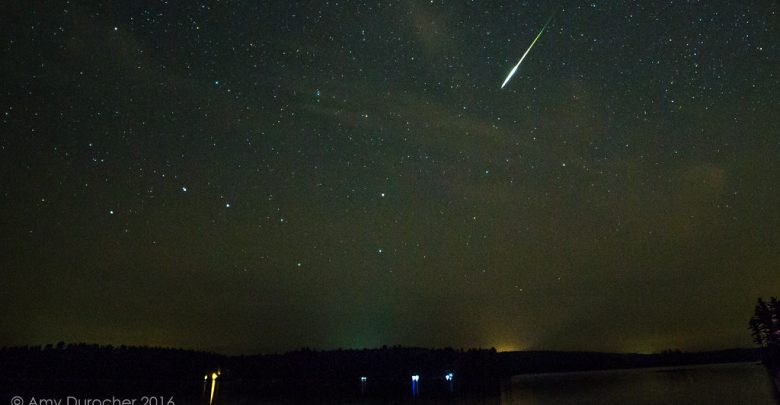
Question: How close could someone be to the impact point of a falling orbital object and still live? How close could they be and be completely unaffected?
I’m especially interested in something rock-like about the size of a ping pong ball but this comes up a lot and I’m interested in the answer in general so feel free to assume any properties for the object you need to to make your idea work.
This is a new kind of question for this series in that there is an actual answer. No speculation is needed, just specific details.
The danger zone for a meteorite impact is based almost entirely on two things: how much energy is being dissipated, and how fast.
How much energy is easy to figure out. What we care about here is “kinetic energy” which is the energy that a moving object has. That is related to the mass and speed of the object (Energy = ½ mass x velocity^2).
What that means is that the energy available for flinging dirt and rock around in a meteorite impact increases with the mass of the object, and increases with the square of its speed. Double the size, double the damage. Double the speed, quadruple the damage.
The other side of this is the speed at which the energy is dissipated. If it can slow down gently, then it’s a smaller, usually deeper crater. If it slows down suddenly, it will create a shallower crater with a bigger boom. That is all determined by the nature of the materials in the impact. A solid iron object striking stone will have a very sudden impact and send shards of rock scattering at high speeds in all directions. A ball of ice and dirt smacking into a sandy beach will make a big puff of sand and a deep hole, but not have a wide area of ejecta.
For your specific example, a four centimeter (1.6″) ping-pong ball is very small. Even if made of rock and travelling at the top end of speeds for impact with an object orbiting our sun (72 km/s) the crater it would make is only a few meters. If it’s just falling from earth orbit, you’re looking at more like 10 km/s and your crater would probably be less than a meter. The energy available is comparable to a kilogram (2 lbs) of TNT. However the energy isn’t all going into making an explosive wave of hot gas, so the destruction isn’t really comparable.
As far as safe area, that’s a bit harder to nail down. Obviously you’d want to stand outside the crater area, but how far outside? The ejecta (the material thrown up by the crater) moves very fast and can do a lot of damage. However, it’s usually a lot of small particles that slow down pretty quickly and are bursting out in roughly a hemi-sphere, which means the danger would decrease with the square of the distance from the centre of impact. Similarly, there would be a shock-wave of compressed gas, but that, too decreases with the square of distance. If your rock is coming in at an angle (which is likely) it could send most of the debris away from you, meaning you could stand even closer.
Absolute safety is hard to evaluate, because there could easily be a solid chunk that shoots out like a bullet and could kill someone dozens of meters away, but if it’s hitting soft dirt, you could probably be as close as a meter away from impact and not suffer any lasting ill effects. You’d get a good sandblasting, and it would be very loud, but that’s about it.
Something to add complexity to this whole problem is the atmosphere. When objects come into contact with our atmosphere, a couple things can happen. If the angle is too shallow, they skip off like a stone being skipped across water. If they punch through, then there is a lot of air resistance. That slows the object down (the numbers I quoted above were impact velocities) and heats them up due to the friction. That friction and heating will burn off/shred/vaporize much of the volume of a meteorite. Something that hits our atmosphere the size of a ping-pong ball will usually not hit the ground as anything but a gentle rain of dust and ash. Anything that’s going to survive the journey either has to be pretty big, or very dense and hard to crack.
If you want to play more with the parameters of your impact, check out the following link. It won’t give you safety regions, but it will tell you your crater size.
http://keith.aa.washington.edu/craterdata/scaling/index.htm
Are you an amateur writer looking for science advice on your project? Email the contact form and include “Science of Ficetion” in the subject line. We can’t promise we’ll be able to answer all questions, but we will at least let you know if we can.
“Perseid Meteor”by amyduro is licensed under CC BY-ND 2.0
